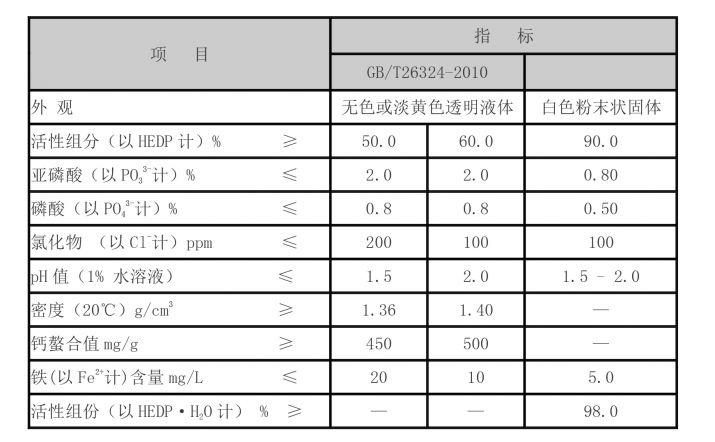Function of Poly Aluminium Chloride in Water Treatment | Effective Water Treatment Solutions
The Function of Poly Aluminium Chloride in Water Treatment
Poly Aluminium Chloride (PAC) is a widely utilized coagulant in the field of water treatment, particularly in municipal wastewater treatment plants and various industrial processes. As an inorganic polymer, PAC has gained significant prominence due to its effectiveness and versatility in removing impurities from water. This article explores the function of PAC in water treatment, its advantages, and its role in enhancing water quality.
The primary function of PAC in water treatment is to facilitate the coagulation and flocculation processes. Coagulation is the first step in the treatment of water, where fine particles—including sediments, organic matter, and microorganisms—are destabilized and aggregated to form larger particles, known as flocs. PAC effectively neutralizes the negative charges on these particles, promoting their aggregation. This is crucial because negatively charged particles repel each other, making it difficult for them to clump together. By adding PAC to the water, the electrostatic balance is disrupted, allowing particles to collide and form larger flocs that can easily be removed during subsequent filtration or sedimentation processes.
One of the key advantages of PAC over traditional aluminum sulfate is its higher efficiency at lower dosages. This characteristic is particularly useful in reducing the overall cost of water treatment. PAC can achieve similar or better coagulation performance with considerably less chemical input, which not only translates to cost savings but also minimizes the generation of sludge—a significant concern in water treatment processes. Since PAC produces less sludge, it requires less space for disposal and reduces the burden on treatment facilities.
function of poly aluminium chloride in water treatment

Additionally, PAC exhibits a wide range of pH stability, making it suitable for various water types and conditions. It maintains its flocculation efficiency across diverse pH levels, which is essential in natural water sources where the pH may fluctuate. This adaptability enables water treatment plants to effectively treat water regardless of its initial quality, whether it is turbid surface water or challenging industrial wastewater.
The use of PAC can also enhance the removal of specific contaminants, such as heavy metals and organic compounds. It can effectively bind with these substances, allowing for their efficient removal during the treatment process. By reducing the concentration of harmful pollutants, PAC contributes significantly to improving the overall safety and quality of the water being treated.
Moreover, PAC is favored for its rapid dissolution properties. It dissolves more quickly than traditional coagulants, providing immediate results and facilitating quicker treatment processes. As a result, water treatment facilities can achieve efficient processing times, leading to reliable and consistent water supply.
In conclusion, Poly Aluminium Chloride plays a crucial role in modern water treatment systems. Its effectiveness in coagulation and flocculation, combined with its cost efficiency, versatility across pH levels, and ability to enhance contaminant removal, makes it a preferred choice for water treatment professionals. As water quality continues to be a pressing global issue, the utilization of PAC in treatment processes will remain vital in ensuring access to safe and clean water for communities worldwide.
-
Pbtc Scale InhibitorPBTC: A Scale Protector for Industrial Water TreatmentNewsAug.05,2025
-
Organic Phosphonate: An Efficient Defender in the Field of Scale InhibitionNewsAug.05,2025
-
Hydrolyzed Polymaleic Anhydride: Green Pioneer in Scale Inhibition FieldNewsAug.05,2025
-
PAPEMP Polyamino Polyether Methylene Phosphonic Acid For SaleNewsAug.05,2025
-
Flocculant Water Treatment: A Pioneer in Purification in the Field of Water TreatmentNewsAug.05,2025
-
Benzyl Isothiazolinone: An Efficient and Broad-Spectrum Antibacterial Protective GuardNewsAug.05,2025





